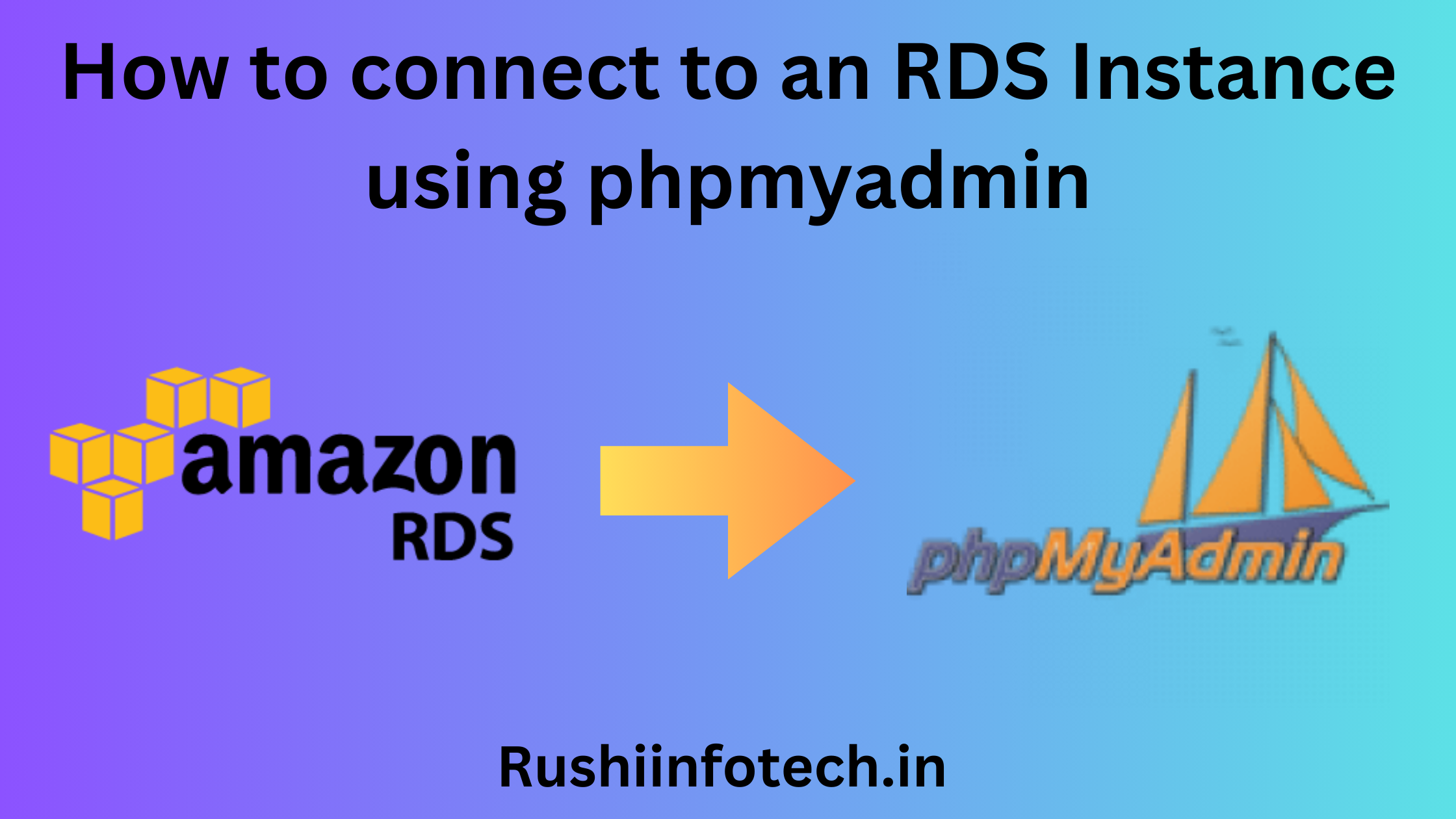Similar Posts

Effortless Removal: Uninstalling AWS CLI from Your Linux Server
You need to be logged in to view this content. Please Log In. Not a…
Complete Guide: Safely Terminating Your AWS EC2 Instance
You need to be logged in to view this content. Please Log In. Not a…
How to create groups in AWS ?
You need to be logged in to view this content. Please Log In. Not a…

AWS CLI Installation on Linux Servers
You need to be logged in to view this content. Please Log In. Not a…
What is AWS ?
You need to be logged in to view this content. Please Log In. Not a…

Connecting to Amazon RDS with phpMyAdmin: Easy Steps: 7 steps
You need to be logged in to view this content. Please Log In. Not a…
